Entertainment
A-Rod Shares Emotional Tribute After Dropping Daughter Natasha at College on August 28, 2023 at 5:12 pm Us Weekly
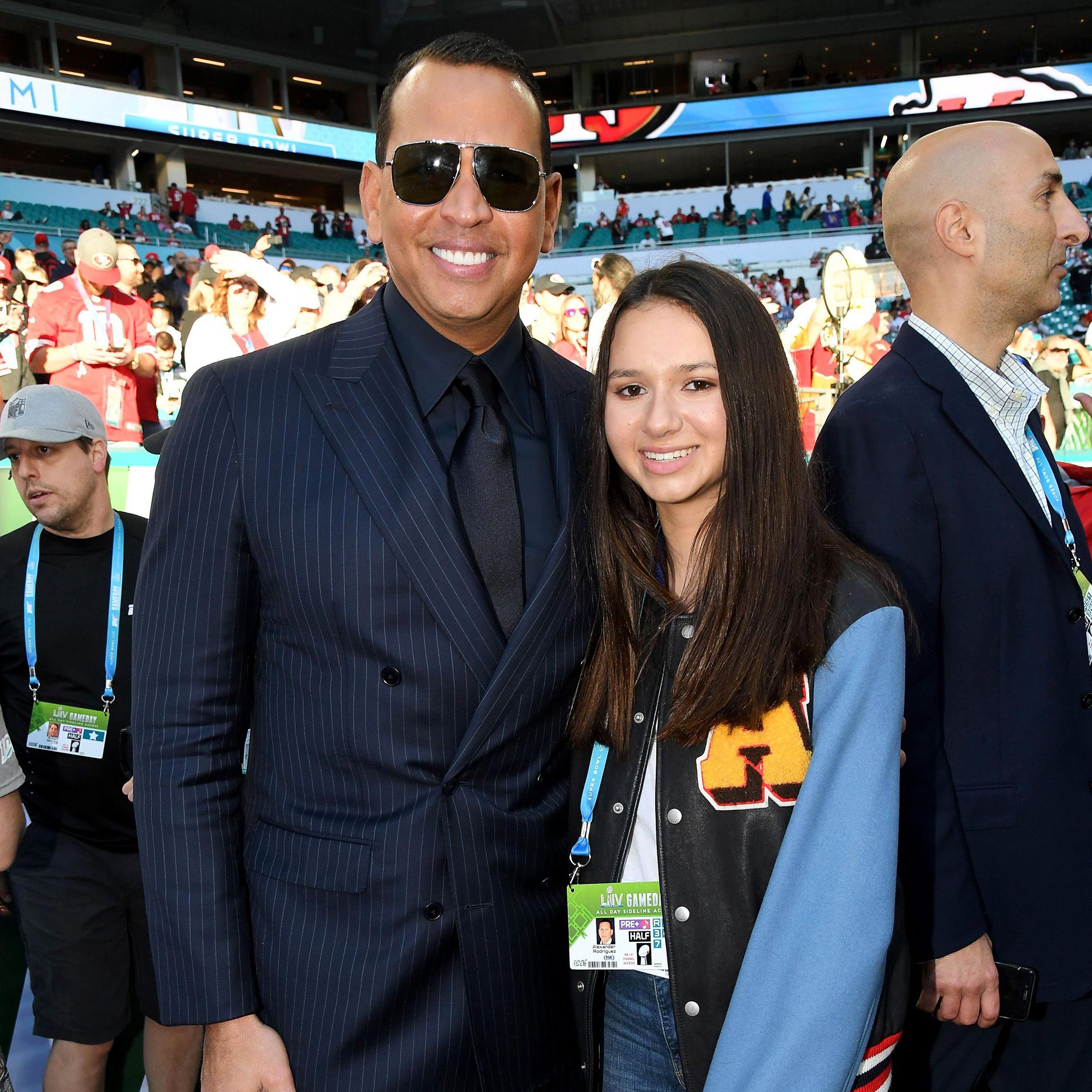
Kevin Mazur/WireImage
Alex Rodriguez is getting emotional about leaving his eldest daughter, Natasha, at the University of Michigan for her freshman year of college.
“Left my heart in Michigan,” Rodriguez, 48, captioned an Instagram post uploaded on Sunday, August 27. “Dropping off @thenatasharodriguez at college was one of the hardest, but most proud moments of being a father. Can’t wait to watch her take on this big new chapter.”
In the series of photos, Rodriguez could be seen smiling with his daughter at various locations around the Ann Arbor campus — including her dorm room. The final video in the post showed Rodriguez waving goodbye from his car window with a pout on his face, signaling his sadness. His current girlfriend, Jaclyn “Jac” Cordeiro, was also present in the photos.
Natasha’s actual college drop-off comes weeks after Rodriguez spoke candidly to Us Weekly exclusively about his daughter making the decision to pursue BFA and study performing arts.
“My only condition is because all these young actors want to bypass college and I’m always saying, like, ‘You can [study] drama, you can do whatever you want, but as long as you’re taking your business classes at Michigan; they have a great business school,’” he shared with Us. “And that was [the] deal.”
The retired MLB star said his eldest child is “crystal clear on what she wants” in life.
Courtesy of Alex Rodriguez/Instagram
“She’s such a hard worker and doesn’t expect any free rides [and] wants to work for everything she gets,” Rodriguez shared. “She’s [a] special young lady and I think her goal is to perform in one of those big [shows] like a Hamilton or something like that.”
At the time, Rodriguez noted that he was “both incredibly proud” of Natasha for getting accepted into the prestigious theater program and “incredibly sad that my first baby is leaving us.”
He shares Natasha, 18, with ex-wife Cynthia Scurtis. They also have a 15-year old daughter named Ella.
Courtesy of Alex Rodriguez/Instagram
“And you know, for us dads, they’re always our babies — even if they’re 30 years old,” he told Us, recalling one specific moment that showed what home life will be like with Natasha at school.
“I had the first moment where I went to wake up my little one, Ella, and [their] rooms are right across from each other. And, you know, habitual — I’ve been doing this for 18 years — I go and knock in Natasha’s room and she’s not there,” he shared, noting she was on an overnight trip. “I’m like, ‘Oh, this is a preview of the next four years.’”
Ella, for her part, is excited to be “the alpha in the house now” with her sister gone, Rodriguez joked. “But I think, for the most part, she’s definitely like all of us: Very sad and proud that Natasha’s going to Michigan.”
Natasha announced that she was “extremely honored and proud” to share her decision to attend the University of Michigan in a heartfelt Instagram post uploaded on April 1.
“I still can’t believe this is a real opportunity I’ve been given, and it’s an absolute dream come true!!!” she gushed. “Thank you to the team that has guided me through this process and chooses to endlessly share their brilliance and love with me — I would not be here without you!”
Kevin Mazur/WireImage Alex Rodriguez is getting emotional about leaving his eldest daughter, Natasha, at the University of Michigan for her freshman year of college. “Left my heart in Michigan,” Rodriguez, 48, captioned an Instagram post uploaded on Sunday, August 27. “Dropping off @thenatasharodriguez at college was one of the hardest, but most proud moments of
Us Weekly Read More
Entertainment
What Chris Tucker and Jackie Chan Teach Us About On-Screen Chemistry

The on-screen chemistry between Chris Tucker and Jackie Chan exemplifies how two distinct personalities can create cinematic magic. Their collaboration in the Rush Hour series not only brought laughter and excitement to audiences but also showcased a unique blend of comedic timing, physicality, and cultural differences. This article explores the elements that contribute to their chemistry, the impact of their partnership on the action-comedy genre, and the valuable lessons we can learn from their dynamic.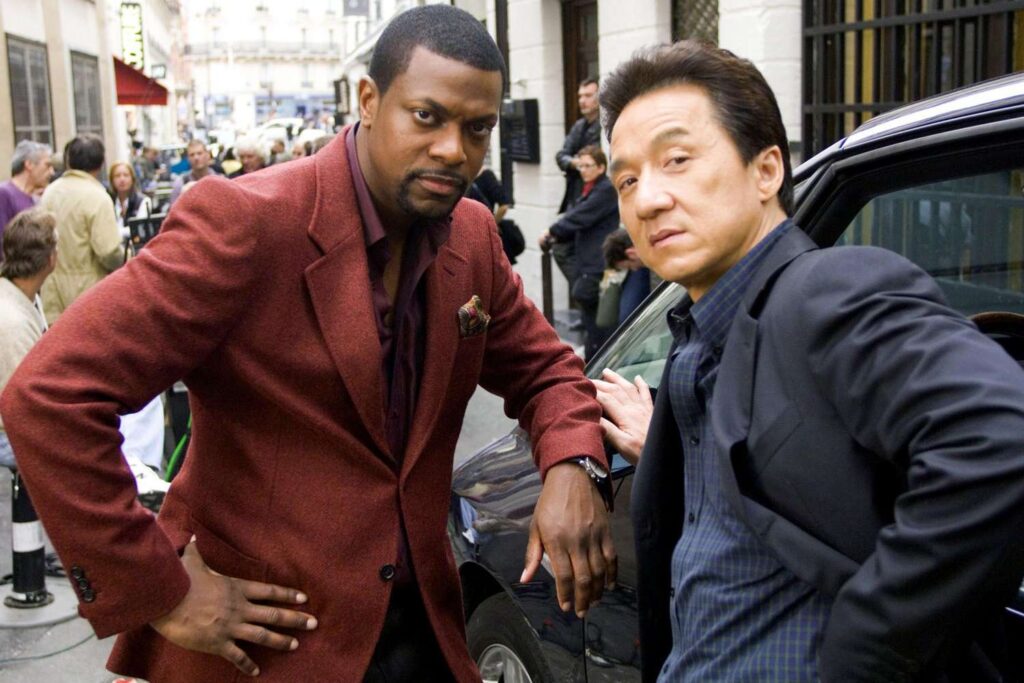
Contrasting Styles
A key aspect of Tucker and Chan’s chemistry is their contrasting styles. Jackie Chan is renowned for his martial arts skills and physical comedy, while Chris Tucker brings a high-energy comedic flair characterized by rapid-fire dialogue. This combination creates a delightful balance that keeps audiences engaged, as viewers enjoy the interplay between Chan’s action sequences and Tucker’s humor.
Cultural Exchange
Their films often explore themes of cultural exchange, with Tucker representing an American perspective and Chan embodying a traditional Chinese approach. This cultural juxtaposition leads to humorous misunderstandings and witty banter that resonate with diverse audiences. By navigating these differences, Tucker and Chan not only entertain but also educate viewers about the richness of their respective cultures.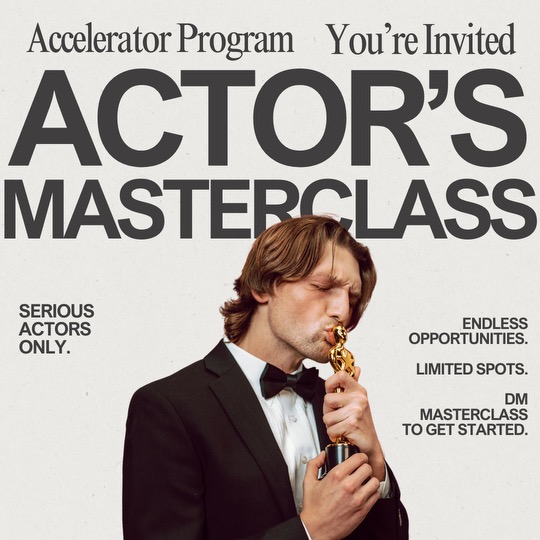
Improvisation and Playfulness
Both actors are known for their improvisational skills, which significantly enhance their on-screen chemistry. Their willingness to play off each other’s energy allows for spontaneous moments that feel genuine and entertaining. This improvisation shines in scenes where Tucker’s quick wit meets Chan’s physical comedy, resulting in memorable exchanges.
Impact on the Action-Comedy Genre
The success of the Rush Hour series revolutionized the action-comedy genre, paving the way for future collaborations between actors from different backgrounds. The blend of action-packed sequences with comedic elements became a formula that many filmmakers sought to replicate. Tucker and Chan’s chemistry not only entertained audiences but also demonstrated that diverse partnerships could lead to creative storytelling.
Lessons Learned from Their Dynamic
- Embrace Differences: Embracing contrasting styles can enrich storytelling.
- Prioritize Chemistry: Building rapport among actors is essential for engaging narratives.
- Encourage Improvisation: Allowing room for improvisation enhances both humor and emotional depth.
- Highlight Cultural Nuances: Thoughtfully exploring cultural differences resonates with audiences.

Conclusion
Chris Tucker and Jackie Chan’s chemistry is a testament to the power of collaboration in film. Their contrasting styles, cultural exchanges, and improvisational skills create a unique dynamic that resonates with viewers worldwide. By examining what makes their partnership special, filmmakers can gain valuable insights into crafting memorable cinematic experiences that leave lasting impressions on audiences long after the credits roll.
Bolanle Media is excited to announce our partnership with The Newbie Film Academy to offer comprehensive courses designed specifically for aspiring screenwriters. Whether you’re just starting out or looking to enhance your skills, our resources will provide you with the tools and knowledge needed to succeed in the competitive world of screenwriting. Join us today to unlock your creative potential and take your first steps toward crafting compelling stories that resonate with audiences. Let’s turn your ideas into impactful scripts together!
Advice
The Impact of Music on Film Pacing

Music is often described as the soul of cinema, a powerful force that shapes the emotional landscape and narrative flow of films. While the visual elements of a film are critical, the score and soundtrack significantly influence how audiences perceive pacing and emotional engagement. This article explores how music affects the pacing of films, supported by data insights and notable examples.
Emotional Response: Enhancing Engagement
Research in film music psychology suggests that music can increase emotional engagement by up to 50%, making scenes feel more impactful. This heightened emotional response is crucial for establishing a connection between the audience and the characters on screen. When viewers hear a well-composed score that aligns with the narrative, they are more likely to feel empathy and investment in the story.
For instance, in The Lion King, Hans Zimmer’s score during Mufasa’s death scene evokes profound sadness and loss. The orchestral swell amplifies the emotional weight of the moment, making it resonate deeply with audiences. This connection is not just about what is seen but is heavily influenced by what is heard.
Pacing Perception: The Rhythm of Narrative
Music plays a vital role in shaping pacing perception within a film. Research indicates that scenes accompanied by fast-paced music are perceived as moving faster than those with slower scores, even if their actual duration remains unchanged. This phenomenon allows filmmakers to manipulate how audiences experience time within the narrative.
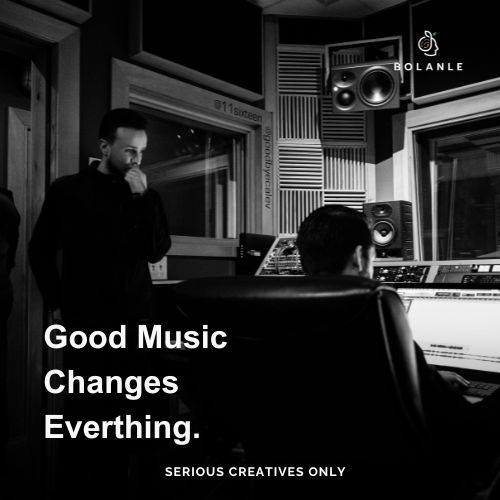
Example: Mad Max: Fury Road
In Mad Max: Fury Road, composer Junkie XL employs a relentless score that matches the film’s high-octane action. The fast-paced music drives the narrative forward, creating an exhilarating experience for viewers. The rhythm of the score aligns perfectly with the visual tempo, making every chase and explosion feel urgent and immediate. As a result, audiences perceive the film as a continuous adrenaline rush, demonstrating how music can dictate pacing effectively.
Viewer Retention: The Power of Soundtracks
Films with well-integrated soundtracks tend to have higher viewer retention rates and better audience reviews. This correlation suggests that effective pacing through music enhances overall enjoyment and engagement with the film. A memorable score can linger in viewers’ minds long after they leave the theater, reinforcing their emotional connection to the story.
Example: Star Wars
John Williams’ iconic score for Star Wars is a prime example of how music can enhance viewer retention. The distinct themes associated with characters like Luke Skywalker and Darth Vader create lasting impressions that resonate with audiences. Each time these motifs are played throughout the saga, they evoke nostalgia and emotional responses tied to specific moments in the films. This musical continuity not only aids in character recognition but also keeps viewers invested across multiple installments.
Creating Tension and Release
Music also plays a critical role in establishing tension and providing moments of release within a film’s narrative structure. By manipulating tempo, dynamics, and instrumentation, composers can guide audience emotions through suspenseful sequences leading to climactic resolutions.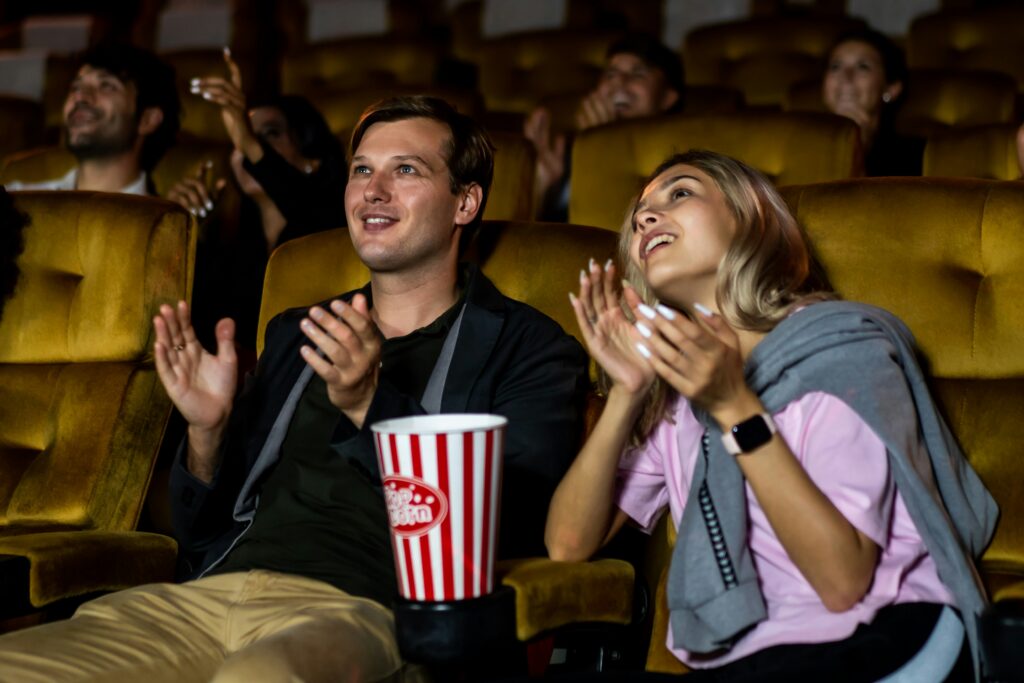
Example: Jaws
In Jaws, John Williams’ two-note motif is synonymous with impending danger. The gradual build-up of this theme creates tension as it signals the shark’s approach. As scenes progress, this motif heightens anxiety, making audiences anticipate something terrifying about to happen. When moments of calm occur after these intense sequences, the absence or softening of music allows for emotional release, making those moments feel more impactful.
Enhancing Character Development
Music can also enhance character development by providing auditory cues that reflect a character’s emotional journey. Composers often use recurring themes or motifs associated with specific characters to provide insight into their psychological states.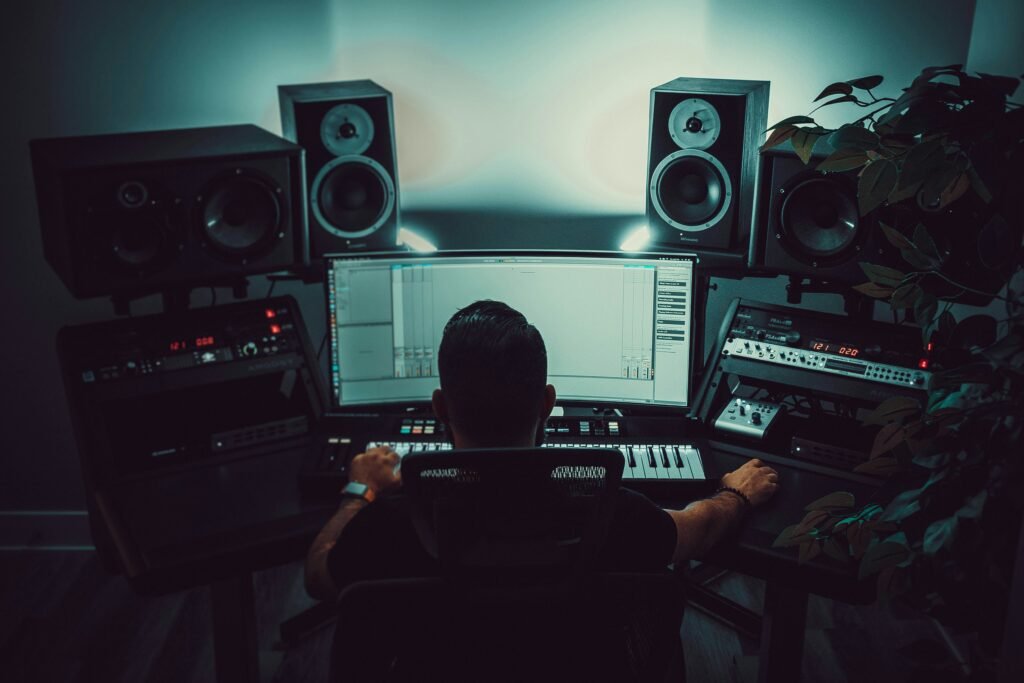
Example: The Lord of the Rings
Howard Shore’s score for The Lord of the Rings trilogy employs leitmotifs extensively to represent different characters and cultures. For instance, Frodo’s theme is gentle and melancholic, reflecting his burden throughout the journey. As Frodo faces challenges, variations in this theme signal his emotional evolution—whether he is filled with hope or despair—thus influencing pacing by aligning musical changes with character arcs.
Facilitating Smooth Transitions
Music aids in creating smooth transitions between scenes or sequences, helping maintain narrative flow. A well-composed score can bridge gaps between contrasting scenes, making shifts feel seamless rather than jarring.
Example: La La Land
In La La Land, musical numbers are interspersed with dialogue, influencing pacing by alternating between lively dance sequences and slower moments of reflection. The upbeat songs propel the narrative forward during key plot points while softer melodies provide necessary pauses for character development. This interplay between music and visuals creates a cohesive experience that enhances storytelling.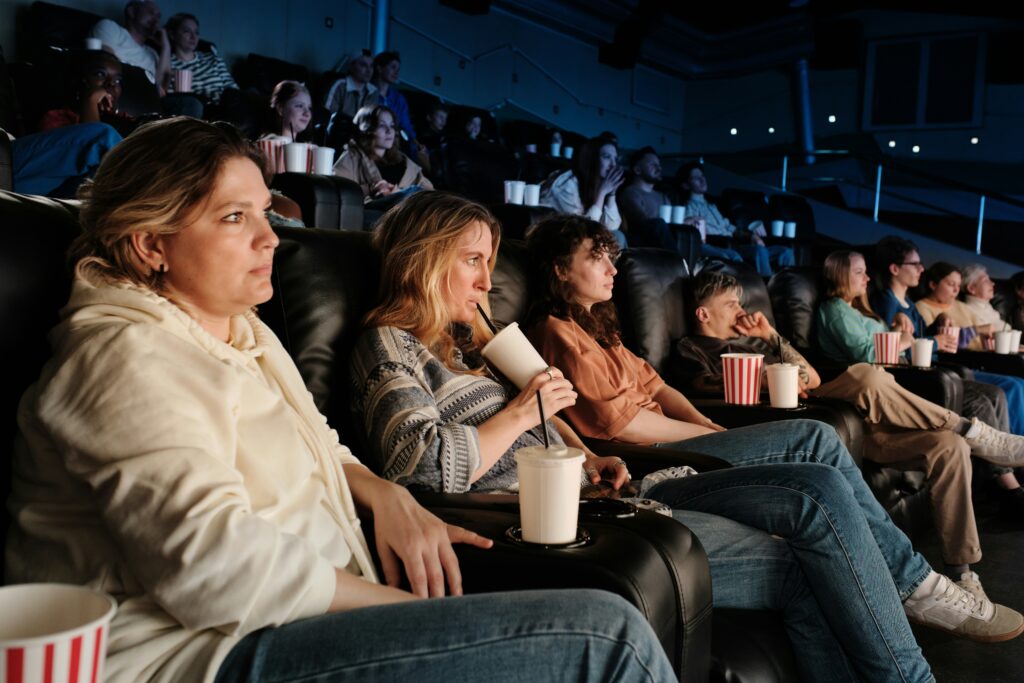
Conclusion
In summary, music profoundly influences film pacing by enhancing emotional engagement, shaping pacing perception, improving viewer retention, creating tension and release, enhancing character development, and facilitating smooth transitions between scenes. Through careful selection and composition of soundtracks, filmmakers can manipulate audience emotions and experiences throughout a movie’s narrative arc.
As cinema continues to evolve, understanding the relationship between music and pacing remains essential for filmmakers aiming to create compelling narratives that resonate with audiences on multiple levels. By recognizing music as an integral component of storytelling rather than merely an accompanying element, filmmakers can craft richer cinematic experiences that leave lasting impressions on viewers long after the credits roll.
Bolanle Media is excited to announce our partnership with The Newbie Film Academy to offer comprehensive courses designed specifically for aspiring screenwriters. Whether you’re just starting out or looking to enhance your skills, our resources will provide you with the tools and knowledge needed to succeed in the competitive world of screenwriting. Join us today to unlock your creative potential and take your first steps toward crafting compelling stories that resonate with audiences. Let’s turn your ideas into impactful scripts together!
Advice
Master the Art of Film Casting

Casting is one of the most critical aspects of filmmaking. The right actor brings authenticity, depth, and energy to a character, enhancing the story and captivating audiences. In this article, we’ll explore how to navigate the casting process, from identifying the ideal actor to ensuring they embody the role in a way that aligns with your vision.
1. Understanding the Role: Defining Your Character
Before casting begins, filmmakers must have a clear understanding of the role they are casting.
- Step 1: Create a detailed character breakdown, including personality traits, backstory, and motivations.
- Step 2: Consider how the character fits into the story’s overall arc.
Example: In Joker (2019), Joaquin Phoenix was chosen not just for his acting ability but for how his physicality and emotional depth aligned with Arthur Fleck’s unraveling psyche.
Takeaway: Know your character inside and out to ensure you find the actor who can fully realize your vision.
2. The Audition Process: Finding the Right Fit
Auditions are a filmmaker’s opportunity to see how an actor interprets the role.
- Tip 1: Use specific scenes during auditions that showcase key aspects of the character, such as emotional range or physicality.
- Tip 2: Pay attention to chemistry during callbacks, especially for roles that require strong interpersonal dynamics.
Example: The casting of Daniel Radcliffe, Emma Watson, and Rupert Grint in Harry Potter was guided by their natural chemistry, which became central to the series’ success.
Takeaway: Don’t just focus on individual performances—consider how the actor fits within the larger ensemble.
3. Balancing Talent and Vision: Making the Final Choice
Sometimes, a highly skilled actor might not align with the director’s vision. Striking a balance is essential.
- Step 1: Evaluate how well the actor understands the character’s emotional core.
- Step 2: Consider if the actor’s physical attributes or mannerisms match your character’s description, while being open to unconventional choices.
Example: Heath Ledger’s unconventional casting as the Joker in The Dark Knight initially raised eyebrows, but his unique interpretation redefined the character.
Takeaway: Be open to surprises—sometimes the best performances come from unexpected choices.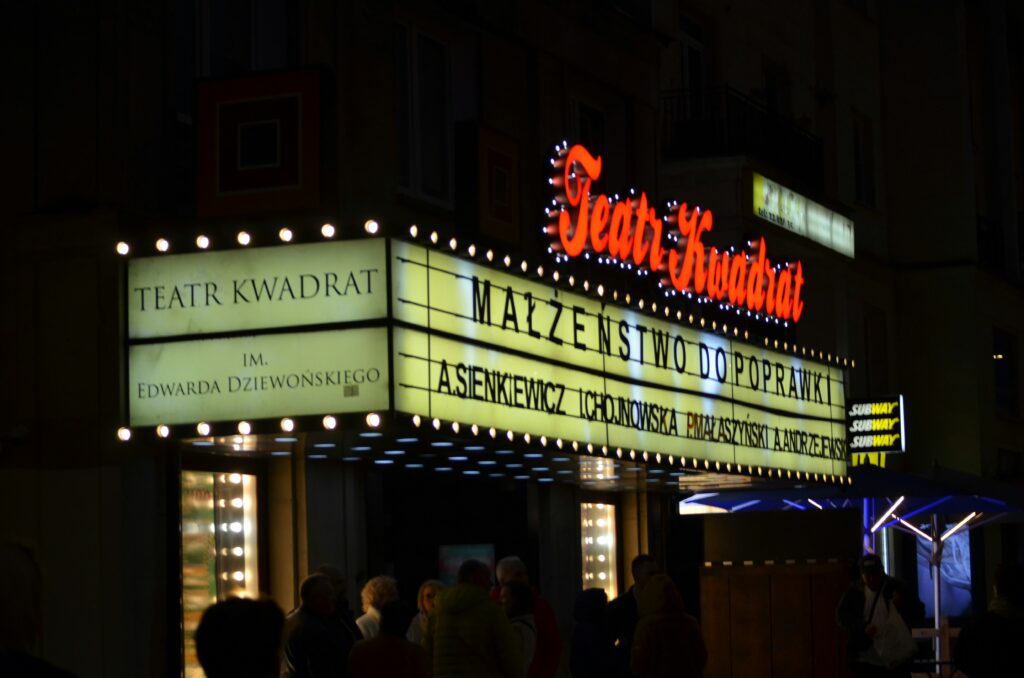
4. Ensuring Authenticity: Preparing the Actor for the Role
Once cast, the actor must embody the character through preparation.
- Rehearsals: Create a collaborative space where actors can explore the character’s nuances.
- Research: Encourage actors to delve into the character’s world, whether through workshops, dialect coaching, or method acting.
Example: For The Revenant (2015), Leonardo DiCaprio immersed himself in harsh environments to authentically portray his character’s struggles.
Takeaway: The casting process doesn’t end with selection—support the actor in fully becoming the character.
5. Collaborating with the Actor: Building Trust
A successful partnership between filmmaker and actor is built on trust and communication.
- Tip 1: Give actors creative freedom while offering constructive guidance to align with the film’s tone.
- Tip 2: Create an environment where actors feel safe to experiment and take risks.
Example: Greta Gerwig’s collaboration with Saoirse Ronan in Lady Bird showcased how mutual respect and open dialogue elevate performance.
Takeaway: A strong director-actor relationship fosters performances that feel organic and compelling.
Conclusion: Casting as the Cornerstone of Filmmaking
The casting process is not just about finding someone to fill a role—it’s about discovering an artist who will bring your story to life. By understanding your character, refining your audition process, and building a strong director-actor collaboration, you can ensure your film resonates with authenticity and impact.
Bolanle Media is excited to announce our partnership with The Newbie Film Academy to offer comprehensive courses designed specifically for aspiring screenwriters. Whether you’re just starting out or looking to enhance your skills, our resources will provide you with the tools and knowledge needed to succeed in the competitive world of screenwriting. Join us today to unlock your creative potential and take your first steps toward crafting compelling stories that resonate with audiences. Let’s turn your ideas into impactful scripts together!
-

 News4 weeks ago
News4 weeks agoThe Hemp Village’s Inaugural Brunch: A Celebration of Resilience and Community Spirit
-

 Advice3 weeks ago
Advice3 weeks agoHow Community Engagement Ignites Cultural Phenomena
-
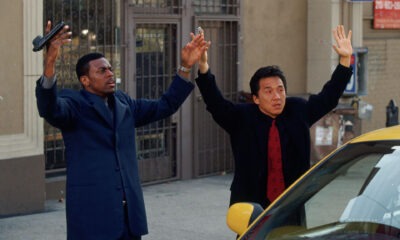
 Entertainment12 minutes ago
Entertainment12 minutes agoWhat Chris Tucker and Jackie Chan Teach Us About On-Screen Chemistry
-

 Advice2 hours ago
Advice2 hours agoThe Impact of Music on Film Pacing
-

 Advice3 days ago
Advice3 days agoHow to Create Unforgettable Movie Scenes
-

 Advice3 days ago
Advice3 days agoMaster the Art of Film Casting
-

 Advice2 weeks ago
Advice2 weeks agoA Reality Check for Aspiring Filmmakers
-

 Advice3 days ago
Advice3 days agoReinventing Genres: Tips for Filmmakers






